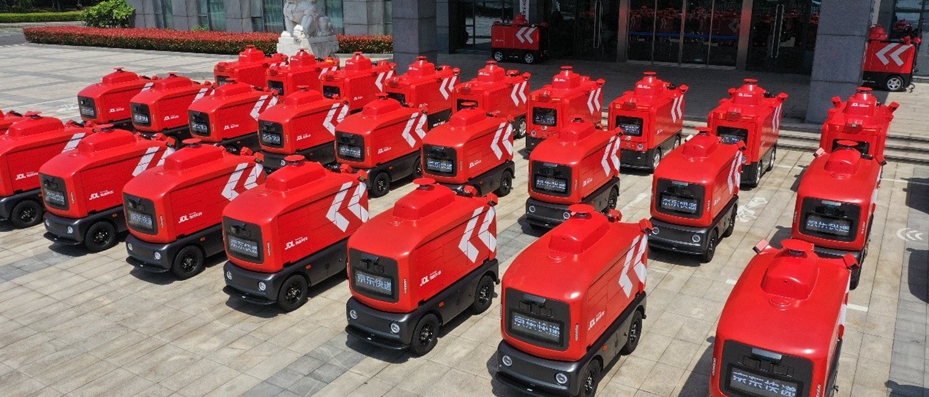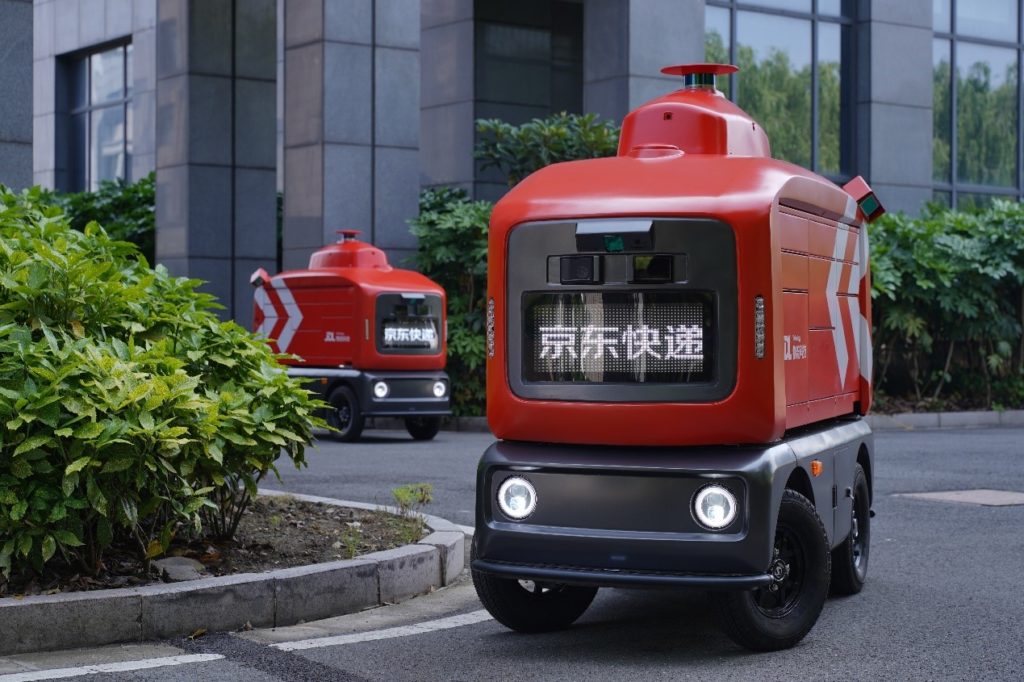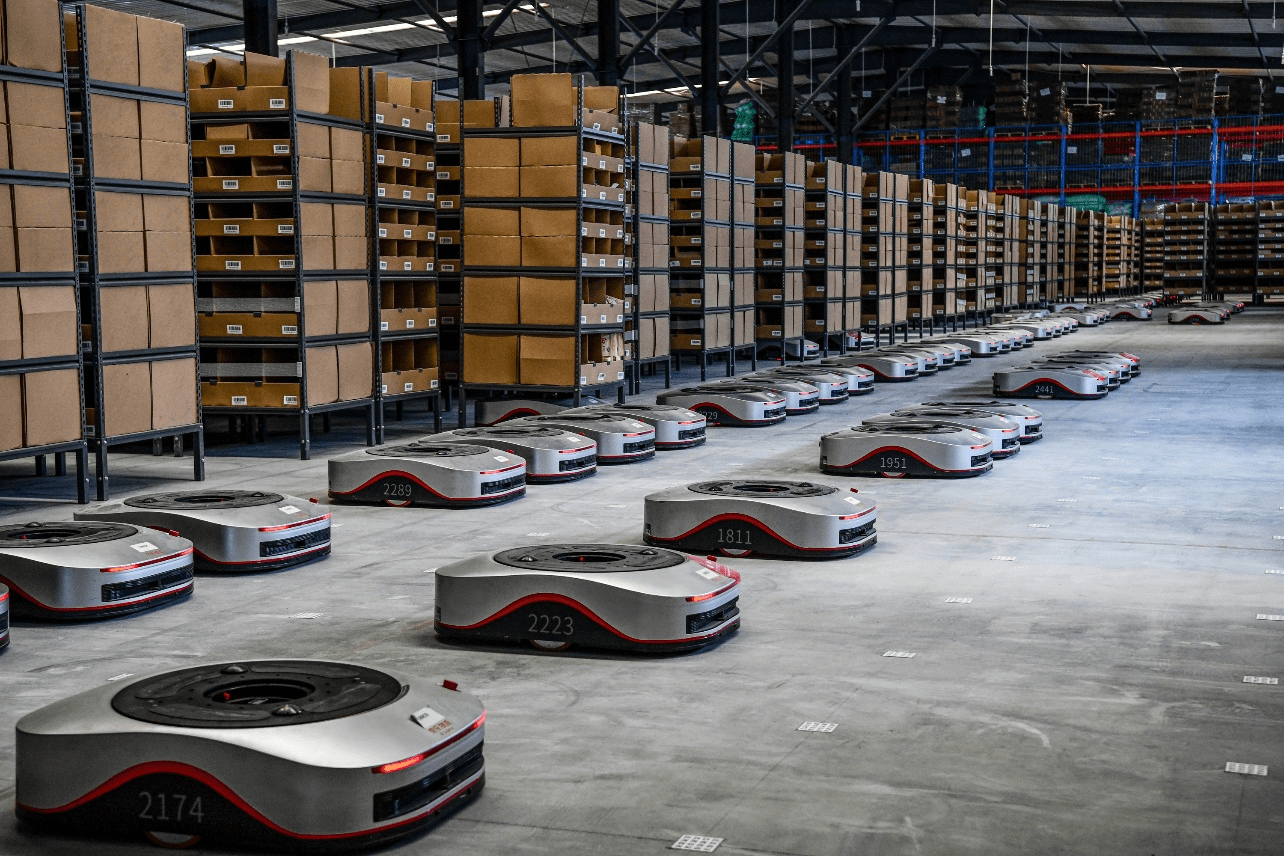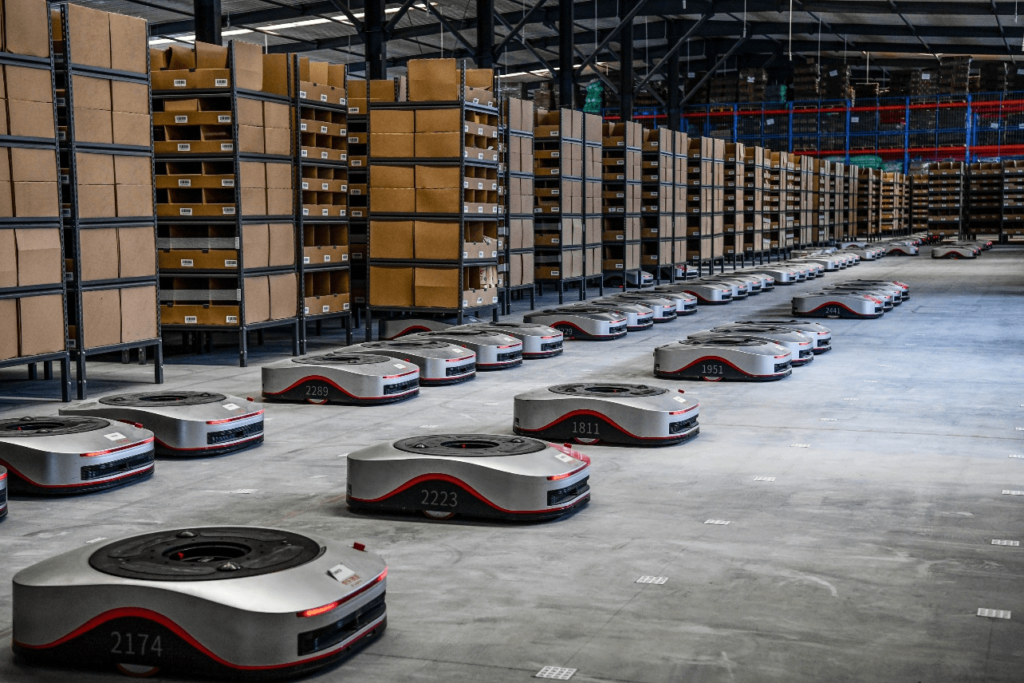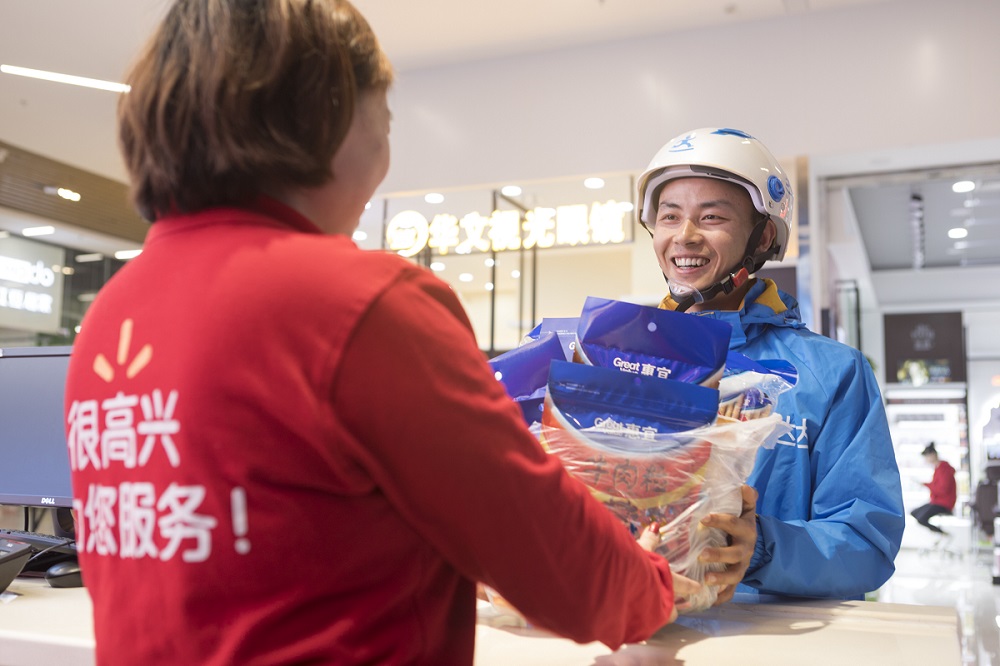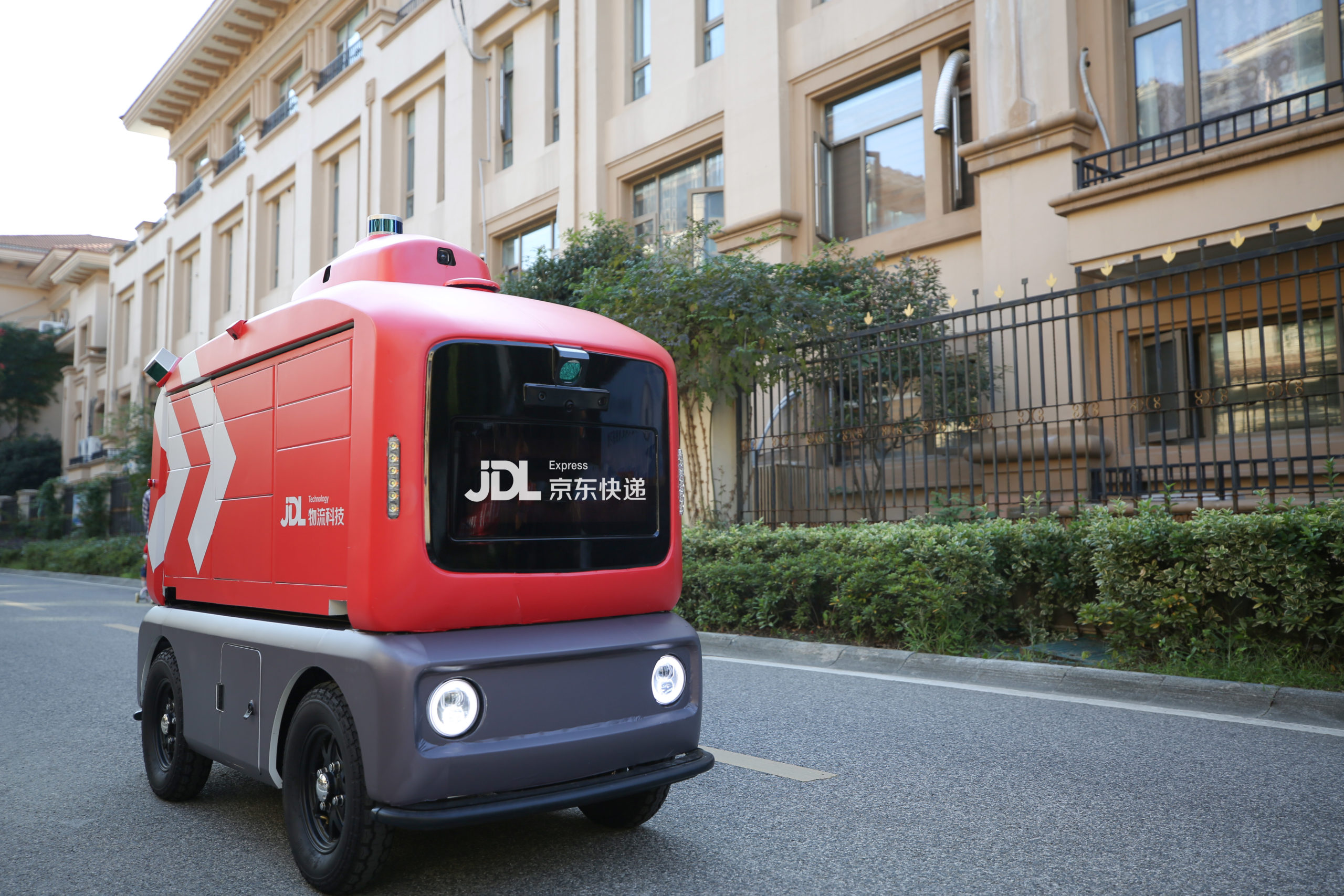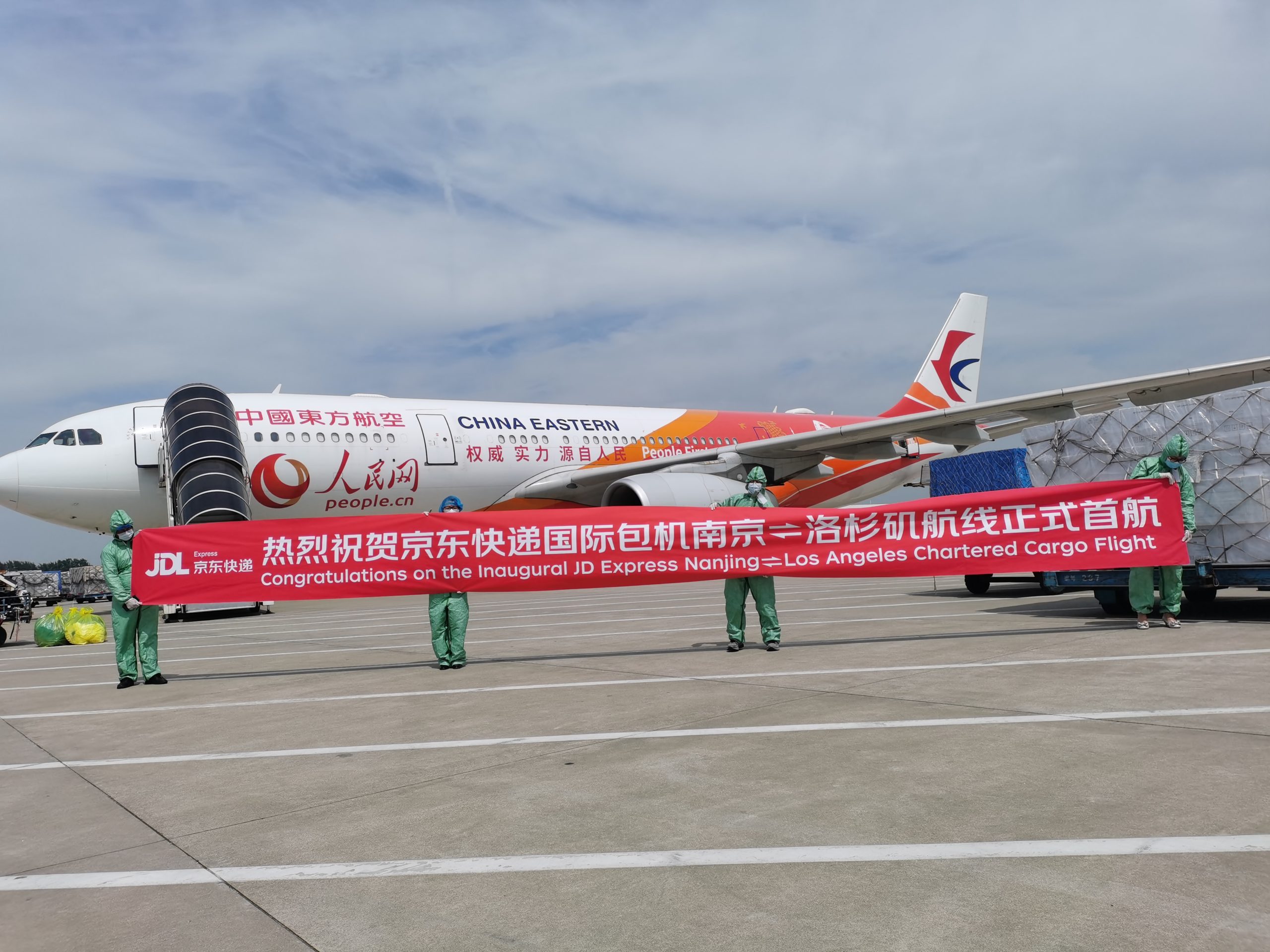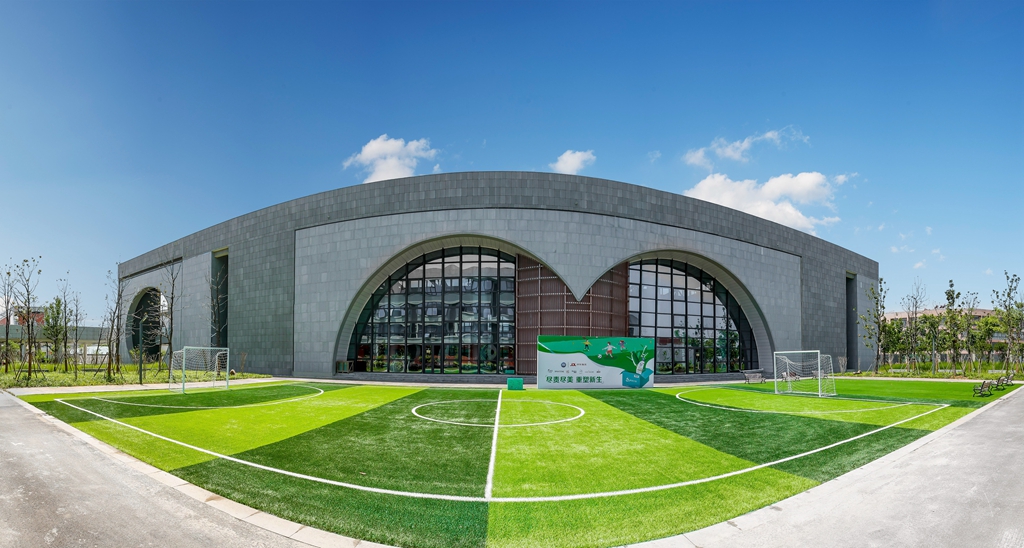by Ella Kidron
On-demand consumption in China has experienced a shift from households to work places and educational institutions and more, says a white paper by JD.com and leading local on-demand retail and delivery platform, Dada Group, released on Jun. 10. The move is driven by easing lockdowns and an increased focus on connecting people with a wider array of products.
Order locations from most frequent to least frequent are residential communities (74%), supermarket services (9%), office buildings (8%), schools and training centers (3%), hotels (2%), administrative organizations (1%) and hospitals (1%). Other, which makes up 2% of the total has been found to include fairgrounds, tourist hotspots and other recreational spots.
There is also significant demand for 24/7 on-demand services, and those businesses serving late-night (12 pm – 2 am) customers are reaping the benefits from a new wave of customers who want reliable delivery service outside of traditional business hours, according to the report
Another area of expansion is service consumption, which has been steadily increasing in China. Platforms are partnering with brick and mortar stores to offer consumers value-added on-demand services. For example, mobile phone trade-in services are bringing such a convenience straight to consumers’ doorsteps.
JD was an early mover in omni-channel, and its Omni-channel Fulfillment model which integrates inventory between its first party retail e-commerce business and offline stores has made a significant impact in reducing the number of touchpoints required for products to reach consumers. With the introduction and widespread adoption of on-demand, consumers are able to receive items in as fast as 30 minutes after ordering across a range of categories.



